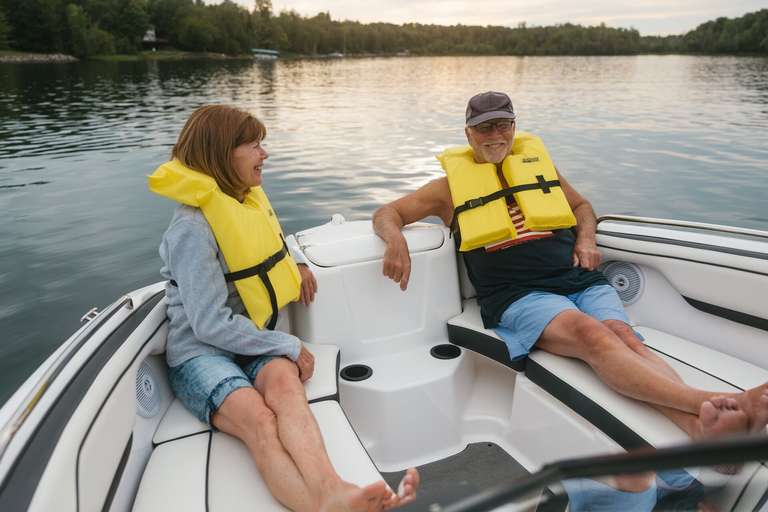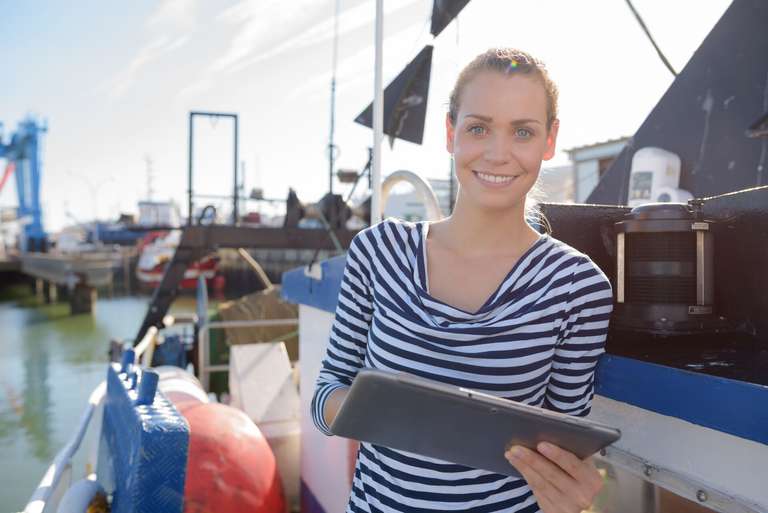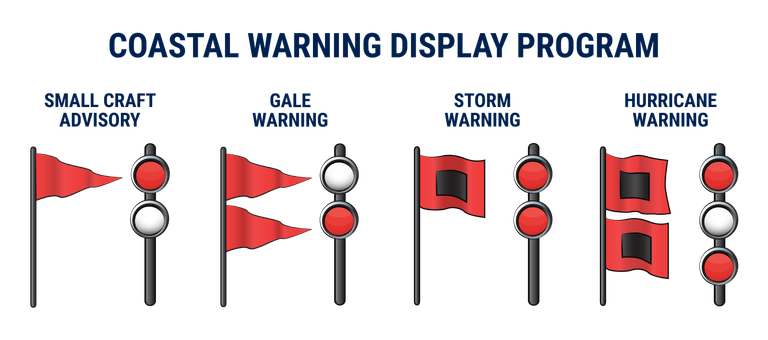What to Know About Children and Infant Life Jackets
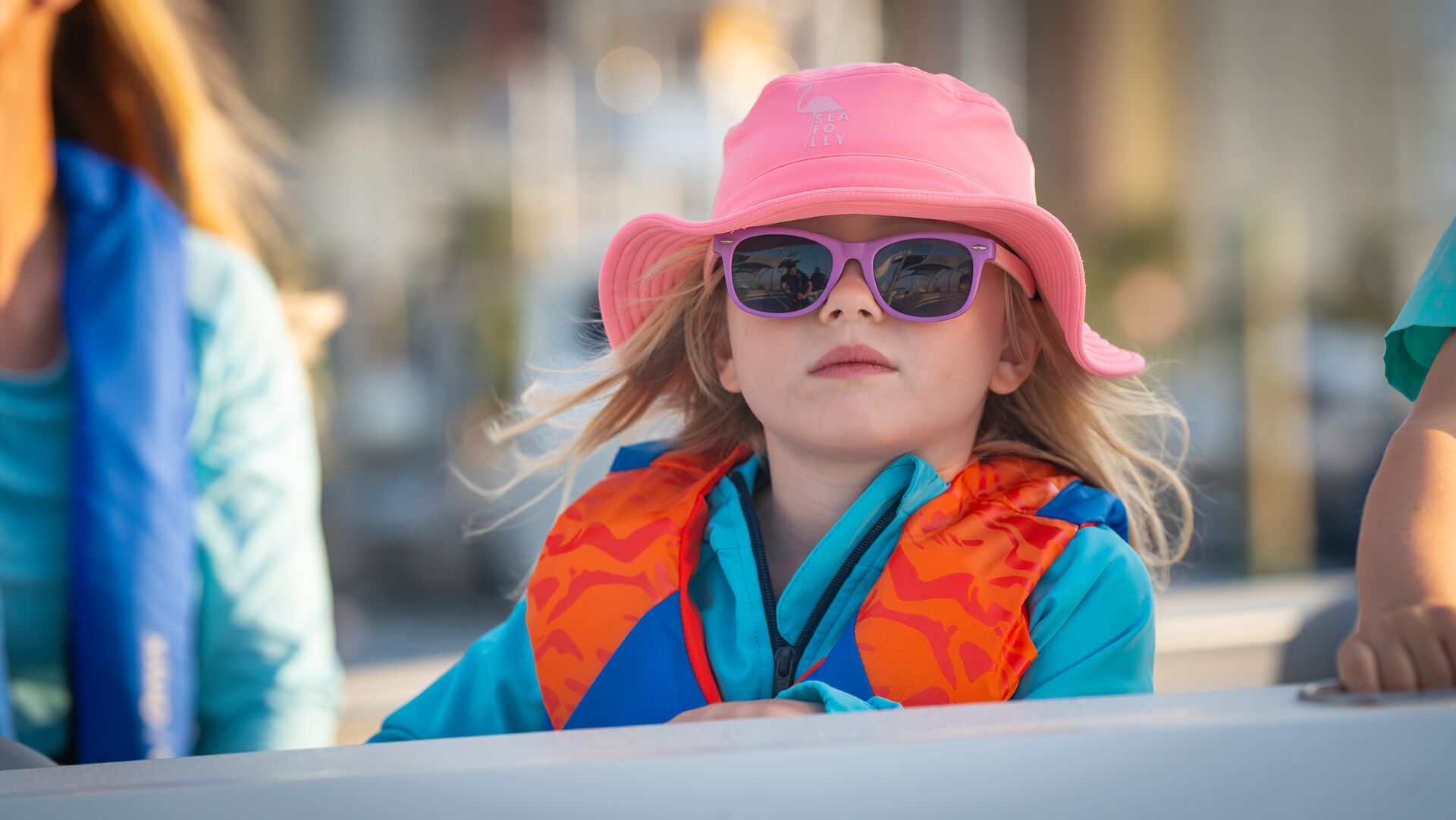
Children should be taught how to properly wear a PFD anytime they are near water. It is important to teach children how these devices work before going into the water.
Helping them understand the importance of this essential piece of safety equipment and how it can help them stay afloat can prevent children from neglecting to wear life jackets. Without a life jacket, your child could be at a greater risk of drowning if they fall into the water.
However, the life jacket you wear (as an adult) is probably not the best fit for your child. It probably also lacks some additional features that are ideal for children and infant life jackets.
So, what do you need to know about life jackets for kids? Keep reading to find out!
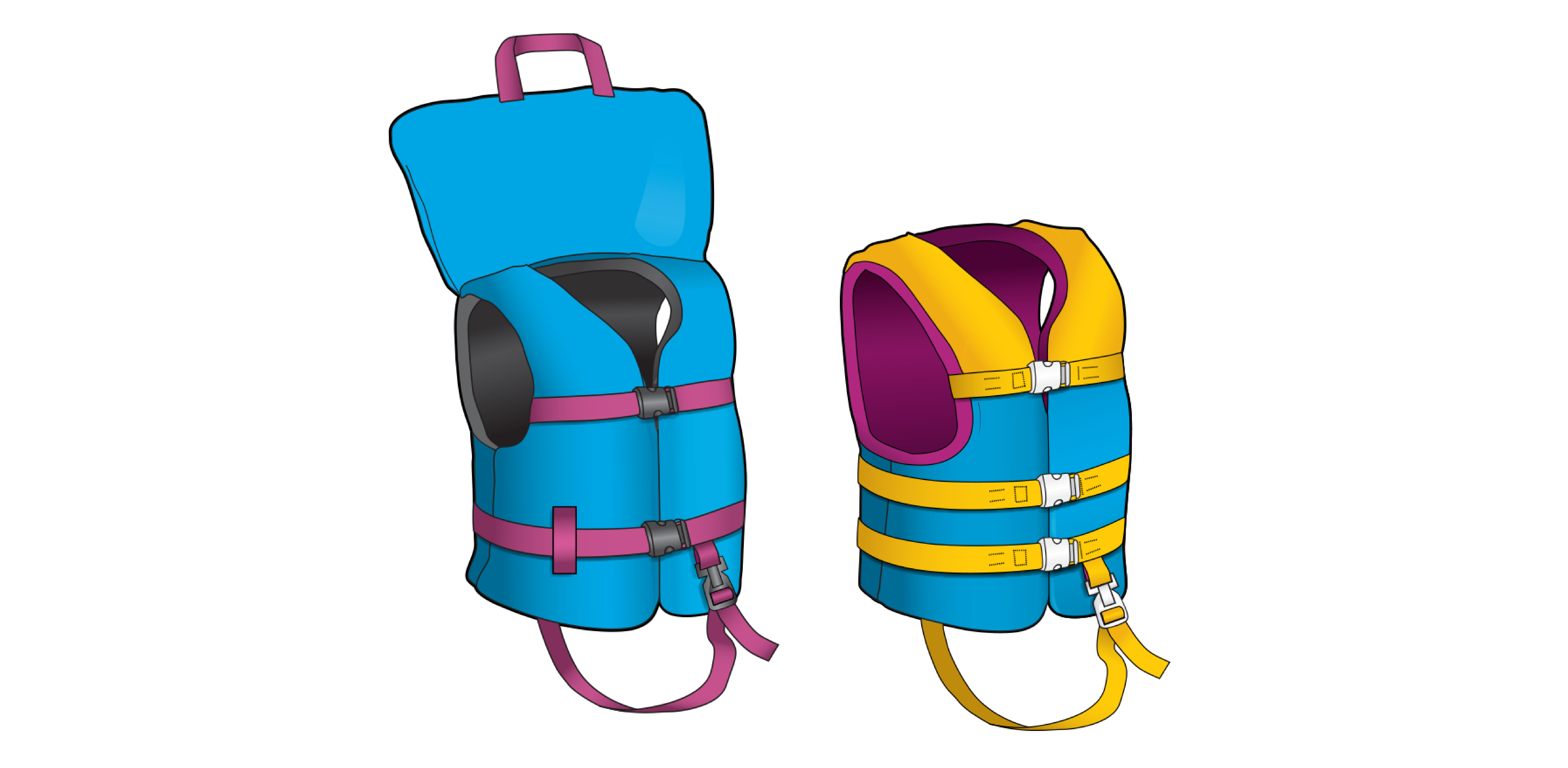
Get Your Child Used to the Water and Life Jackets
Children often panic when they fall into the water, making it more difficult to float face up. Practicing wearing PFDs (personal flotation devices) before going out onto open water is an excellent way to help children become more comfortable.
A child's life jacket must fit properly — just like yours must fit properly, too. After purchasing infant life jackets, they should be tested in a controlled setting. Once you put the PFD on the child in safe, shallow water, allow them to move around and ensure it fits them properly.
Work with them so they become comfortable in the water while wearing a life jacket. Then, they're ready for boating and other activities.
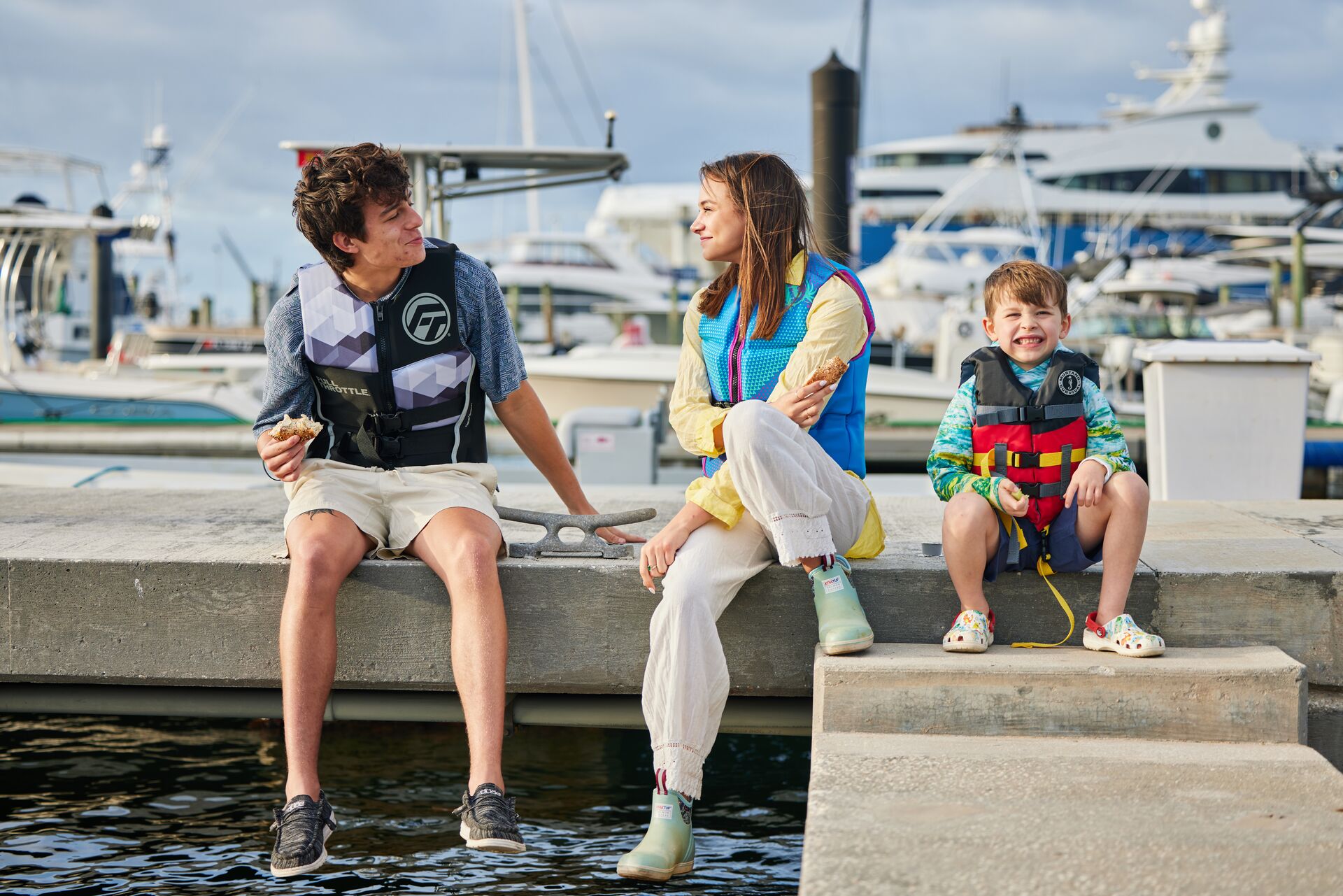
How Should a Life Jacket Fit a Child?
Children's life jackets must fit snugly so the child can't slip out of them. Life jackets designed for infants and children under 50 pounds should also have a crotch strap and float collar for head support — these are those additional features we mentioned earlier.
A good way to test a life jacket's snugness is to lift the child by the shoulders of the PFD. The PFD should not slip above the child's chin and ears.
Additionally, the label inside all children's PFDs will indicate the weight range for which each one is approved. This is a good starting place to choose a jacket that's likely to fit your child. Then, test it as we recommended above.
What Are the Size Ranges?
Youth and infant life jackets come in four sizes. In the table below, see how each size is appropriate for kids and babies based on weight ranges.
| Infant | Child Small | Child Medium | Youth | |
|---|---|---|---|---|
| Size | Less than 30 lbs. | 30–50 lbs. | 30–50 lbs. | 50–90 lbs. |
| Age | Newborn to 2 years | 2 to 5 years | 4 to 8 years | 6 to 12 years |
| Chest Size | 16–20” | 20–23” to 23–25” | 21–25” | 26–29” |
Are There Regulations That Apply to Children and PFDs?
Federal life jacket laws require all children under 13 years of age to wear a PFD while on a moving boat unless they are below deck in an enclosed cabin. However, additional or more specific requirements vary from state to state.
Be sure to check regulations in your state before going boating with a child on board.
When selecting the appropriate PFD, be sure to:
- Consider the child's swimming ability. If a child is not a good swimmer, they should wear a Type II vest due to its greater buoyancy.
- Check the sizing. Make sure the PFD is the appropriate one for the child's weight.
- Teach the child how to float. This should be done while the child wears a PFD in a controlled setting.
- Know the planned activity. Select the appropriate PFD type based on the activity your child will enjoy while on the water.
Remember: Always monitor children in the water. A PFD or lifejacket is never a substitute for proper adult supervision.
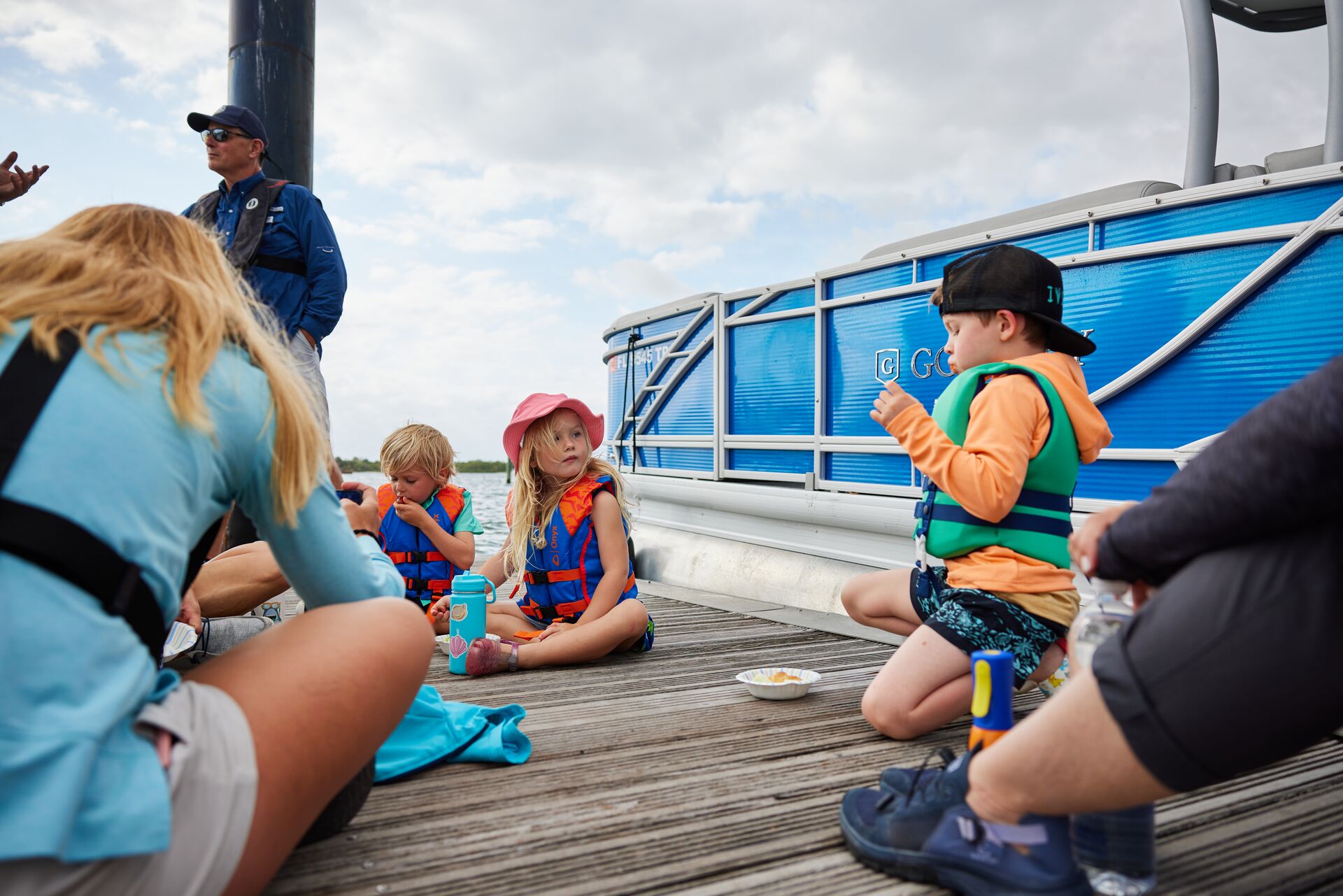
Learn More About Life Jackets and Safety With Boater Education
Knowing how to choose a life jacket for yourself or your child is only one aspect of being safe on the water. Aside from understanding child and infant life jackets, boat operators must know how to navigate the waters safely around other boaters, how to avoid boating accidents, and what to do if something goes wrong on the water.
One of the best ways to learn everything you need to know to boat legally and safely is to take the ilearntoboat safety course for your state! Not only is our course a fun and gamified learning experience, but it also meets the requirements for boater education in most states.
So, to keep yourself and your family safe when on the water, start by choosing the course for your state! Then, start learning and enjoy your time on the water.
Originally published in February 2021. Content most recently reviewed and updated for accuracy and relevancy October 18, 2024 .

